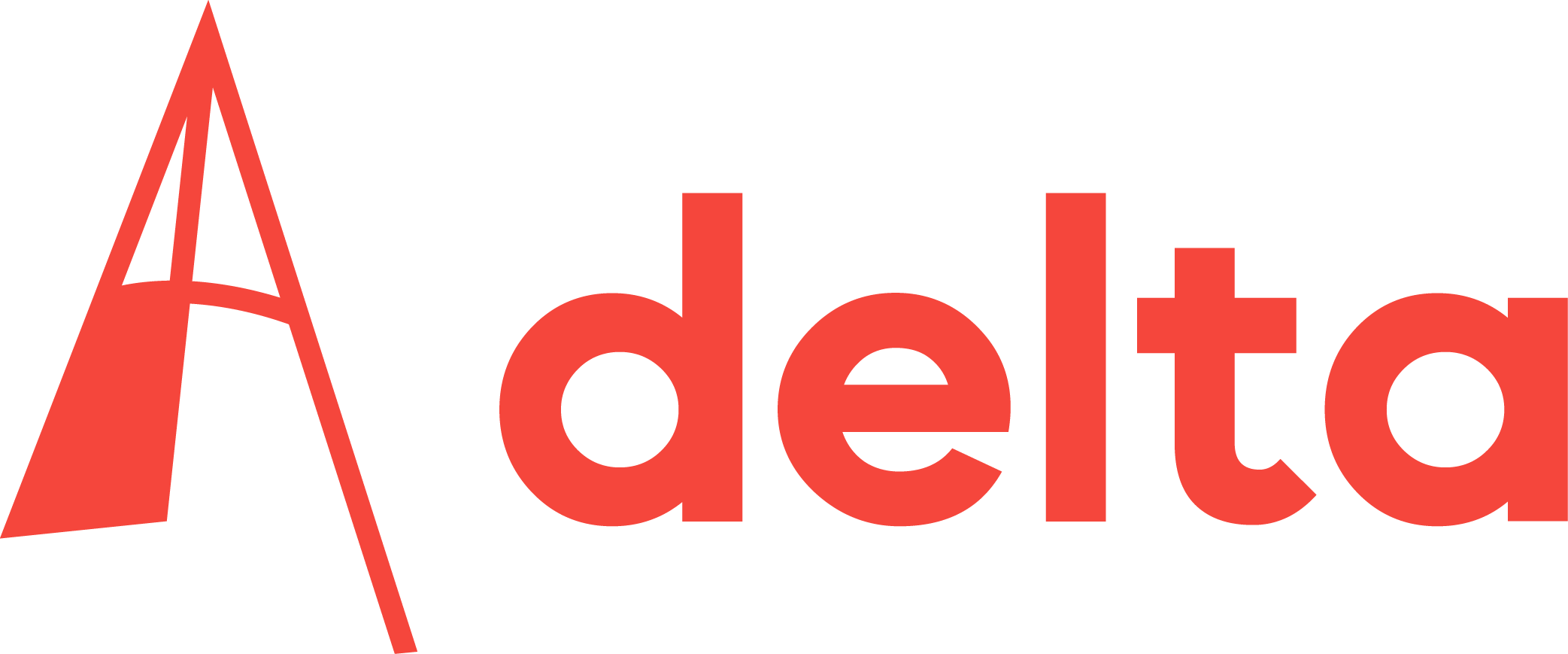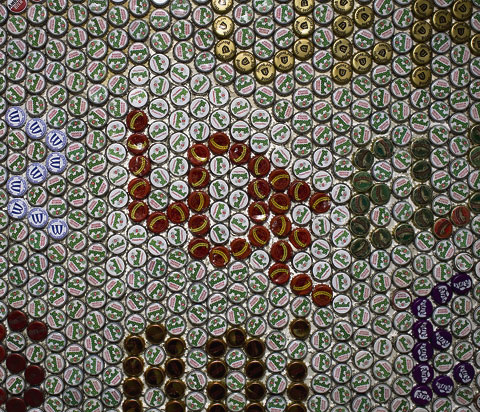Alcohol and students are like inseparable twins. And so it is at student house Korvezeestraat 630-639, where a shelf in the common living room is lined with bottles of booze.
Whoever goes abroad on vacation returns with a bottle of liquor typical of that particular country, like, for instance, honing rum from the Canary Islands. “Really good”, says Frits Klaver. “We also have great snake liquor from Taiwan, which I’m told contains snake bile. 80-proof absinthe for the Czech Republic – really disgusting. Lemony-flavoured limoncello from Italy is also pretty gross actually.”
Of course these students also drink beer. The sandstone wall in the hallway is partially covered with a rug made out of hundreds of Grolsch beer bottle caps (the house brand), in which bottle caps from other drink brands are inlaid. “We started doing that a long time ago during a house party”, says Aniek de Vroome. “Before they move out, each resident must write the first three letters of their names in bottle caps.” Aniek used wine corks to make the letters ‘a-n-i’. She points to letters made from Wieckse Witte beer caps. “They’re too white – you can barely see them, just like Heineken caps.” But the letters ‘s-a-s’ (for Saskia) made from dark-coloured cola caps are the opposite – you can’t miss them. “You must choose something striking, but also something that nobody else has used before.”
On the ground, exactly under the spot where the bottle opener used to hang, is a box full of hundreds of bottle caps to search through. It’s quite a feat to fasten the caps to the bottle-cap wall rug, De Vroome says. “Some people use model glue, but then they fall off after about a week.”
TU Delft nano-technologist Chris Lodewijk has succeeded in significantly increasing the sensitivity of new supertelescopes in Chile’s Atacama desert, where technicians and astronomers from around the world are currently working on the Atacama Large Millimeter Array (ALMA), which consists of 66 advanced telescopes placed at an altitude of 5,000 meters and that together will provide more precise images of the universe. The project aims to help answer the question of how stars and planets are formed. ALMA is expected to be launched in 2012 and is viewed by astronomers as a major step forward in the field. Chris Lodewijk and technician Tony Zijlstra at TU Delft’s Kavli Institute of Nanoscience succeeded in drastically increasing the sensitivity of ALMA in a crucial frequency range by improving the functioning of the major component, the radiation-sensor, and involves what are known as ‘super-conducting tunnel junctions’. Lodewijk’s research topic of super-conducting tunnel junctions is also essential to the functioning of the Herschel Space Telescope, which is the successor to the Hubble telescope.



Comments are closed.